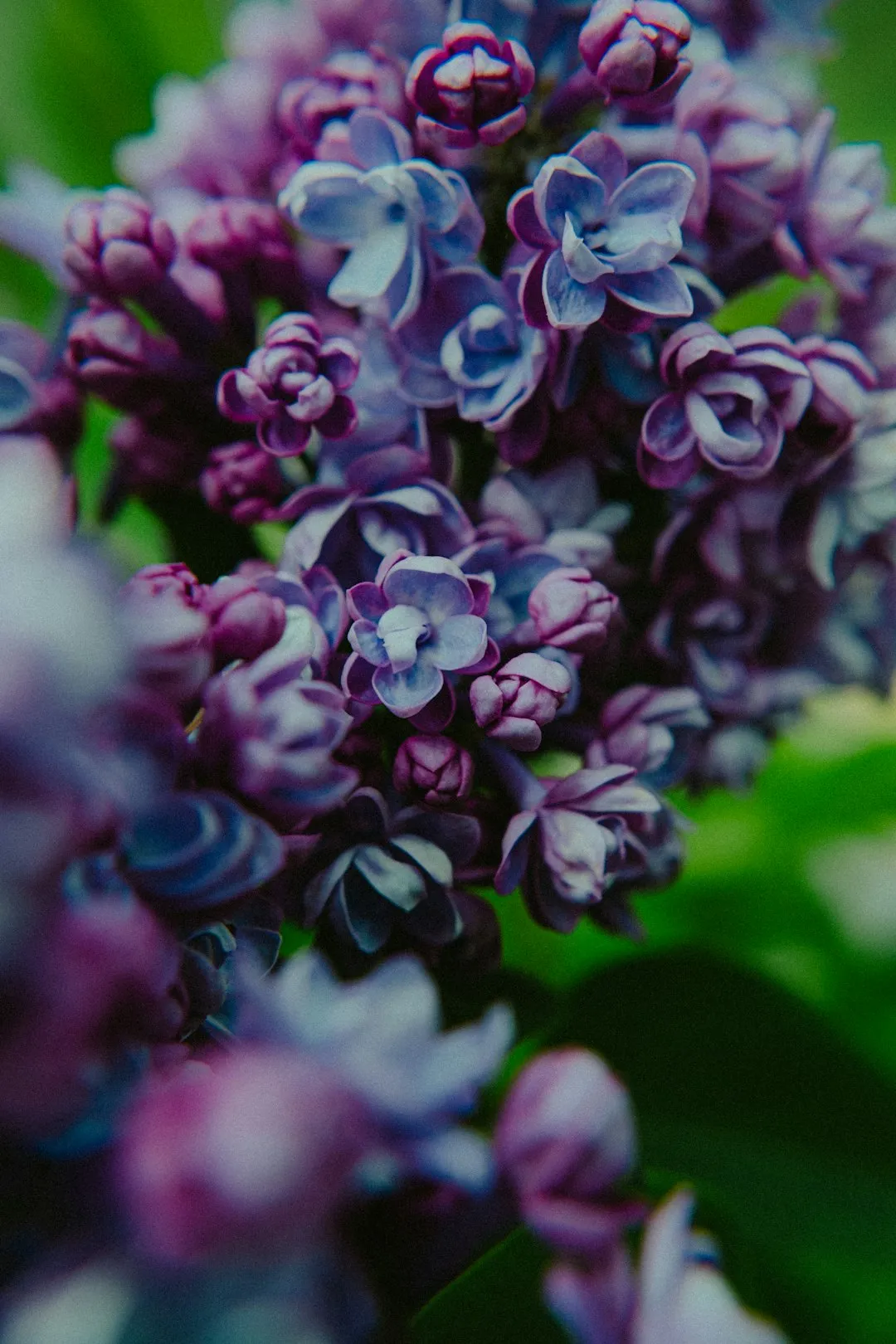Unlocking the Secrets of Attracting Birds to Your Garden

For nature lovers and gardening enthusiasts, having a garden that attracts a variety of birds is a dream come true. One of the most effective ways to draw these feathered friends to your outdoor space is by providing them with a steady supply of the seeds they prefer. In this article, we'll explore the types of seeds that bird experts recommend and how you can use them to create a bird - friendly garden.
Sunflower seeds are a top choice among bird experts. These seeds are rich in oil and nutrients, which provide birds with the energy they need to stay active. There are two main types of sunflower seeds: black oil sunflower seeds and striped sunflower seeds. Black oil sunflower seeds have a thinner shell, making them easier for birds to crack open. They are also more nutritious than striped sunflower seeds. Many common backyard birds, such as cardinals, finches, and chickadees, are particularly fond of black oil sunflower seeds. You can place these seeds in tube feeders, hopper feeders, or platform feeders to make them accessible to a wide range of birds.
Millet is another popular seed for attracting birds. There are two types of millet commonly used in bird feed: white proso millet and red millet. White proso millet is preferred by ground - feeding birds like sparrows, juncos, and doves. It can be scattered on the ground or placed in low - lying platform feeders. Red millet, on the other hand, is less popular among birds, but it can still attract some species. Millet is relatively inexpensive, making it a cost - effective option for filling your bird feeders.
Safflower seeds are a great choice if you want to attract certain types of birds while deterring others. Cardinals, titmice, and nuthatches are known to love safflower seeds. Meanwhile, squirrels and some unwanted bird species, such as starlings and grackles, are less likely to eat safflower seeds. This makes safflower seeds a good option for those who want to control the types of visitors to their feeders. You can use safflower seeds in tube feeders or platform feeders.
Nyjer seeds, also known as thistle seeds, are specifically loved by finches, especially goldfinches. These tiny seeds are rich in oil and protein. However, they require a special type of feeder with small holes to prevent the seeds from spilling out. Nyjer seeds should be kept fresh, as they can go rancid quickly. You can attract a large number of finches to your garden by offering them a consistent supply of Nyjer seeds.
When setting up your bird feeders, it's important to consider the placement. Place the feeders in a location that is visible to the birds but also provides some protection from predators. A spot near trees or shrubs can give the birds a place to retreat to if they feel threatened. Additionally, make sure to keep the feeders clean to prevent the spread of diseases among the birds. Regularly wash the feeders with a mild soap and water solution and let them dry completely before refilling them with seeds.
Water is also an essential element in attracting birds to your garden. You can install a birdbath or a small fountain. Birds need water not only for drinking but also for bathing, which helps them keep their feathers clean and in good condition. Place the water source near the bird feeders but in a separate area. Make sure to change the water regularly to keep it fresh and free of debris.
Creating a bird - friendly garden also involves providing natural food sources. Planting native flowers, shrubs, and trees can attract insects, which are an important part of many birds' diets. For example, coneflowers, black - eyed Susans, and bee balm are great for attracting insects. Trees like oak, maple, and pine can provide nuts and seeds for the birds. By incorporating these natural elements into your garden design, you can create a more sustainable and attractive habitat for the birds.
In conclusion, attracting birds to your garden is a rewarding experience that can bring joy and a sense of connection to nature. By offering a variety of seeds that different bird species prefer, along with providing water and natural food sources, you can create a thriving bird community in your own backyard. So, go ahead and start planning your bird - friendly garden today!